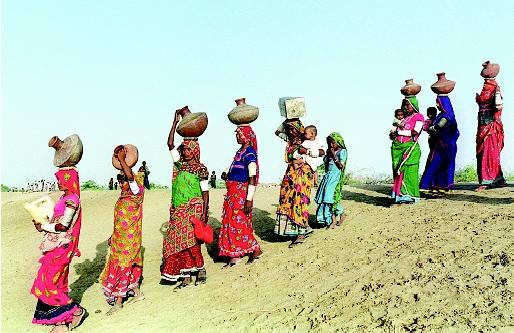Climate change is going to increase water insecurity:
Many of the world’s most water-stressed areas will get less water, and water flows will become less predictable and more subject to extreme events. Among the projected outcomes:
- Marked reductions in water availability in East Africa, the Sahel and Southern Africa as rainfall declines and temperature rises, with large productivity losses in basic food staples. Projections for rainfed areas in East Africa point to potential productivity losses of up to 33% in maize and more than 20% for sorghum and 18% for millet. Read more






